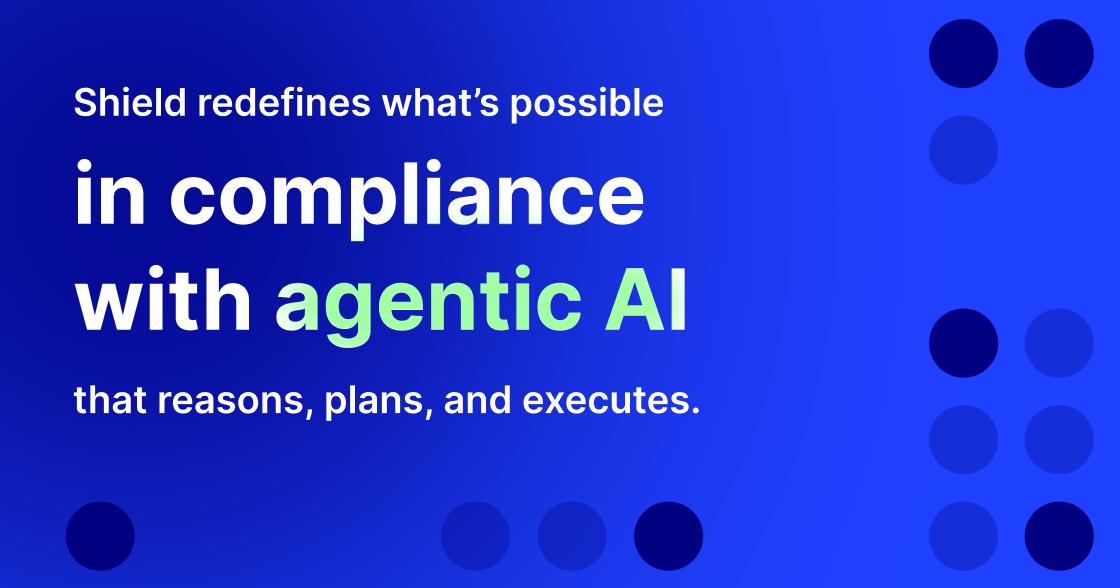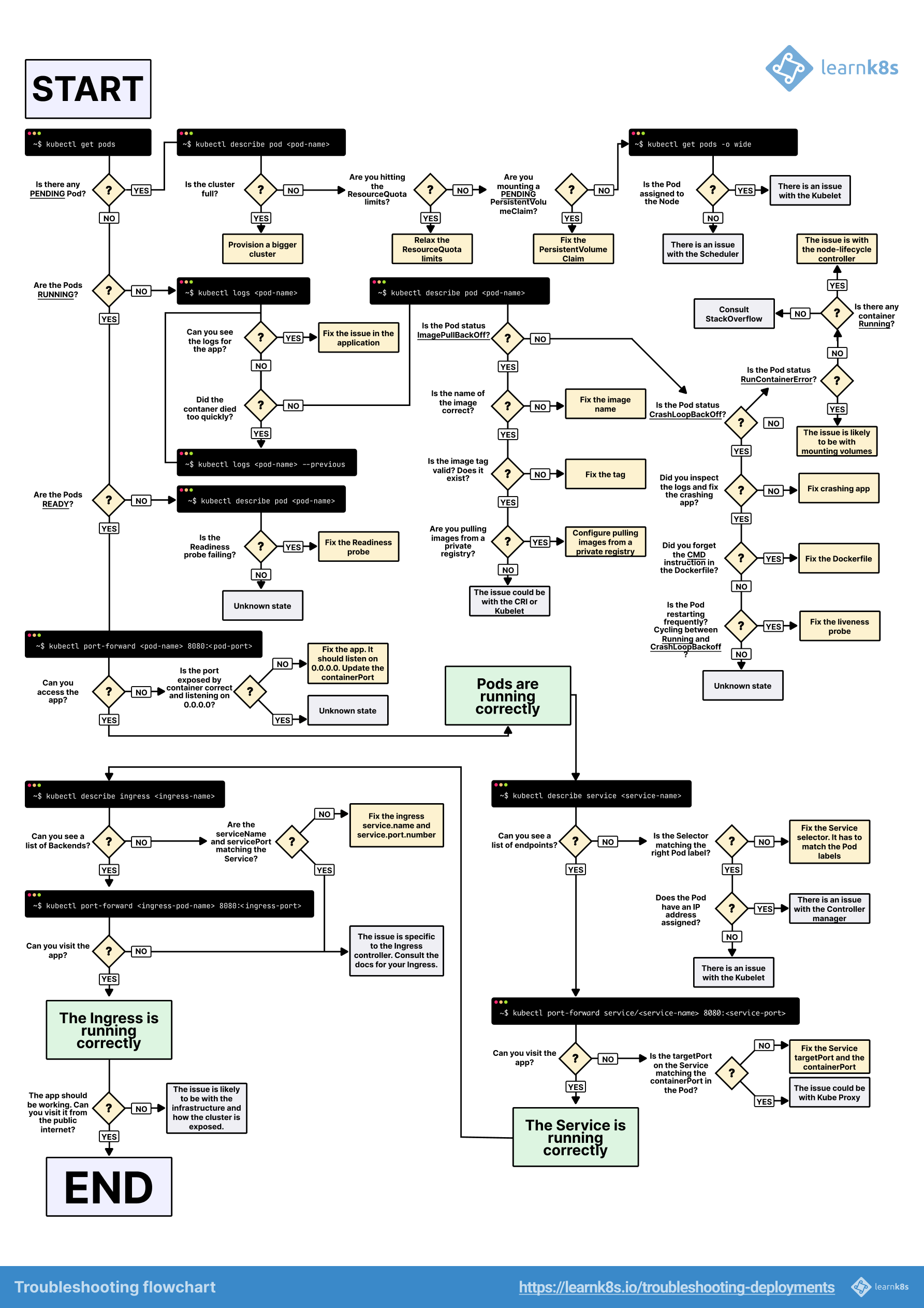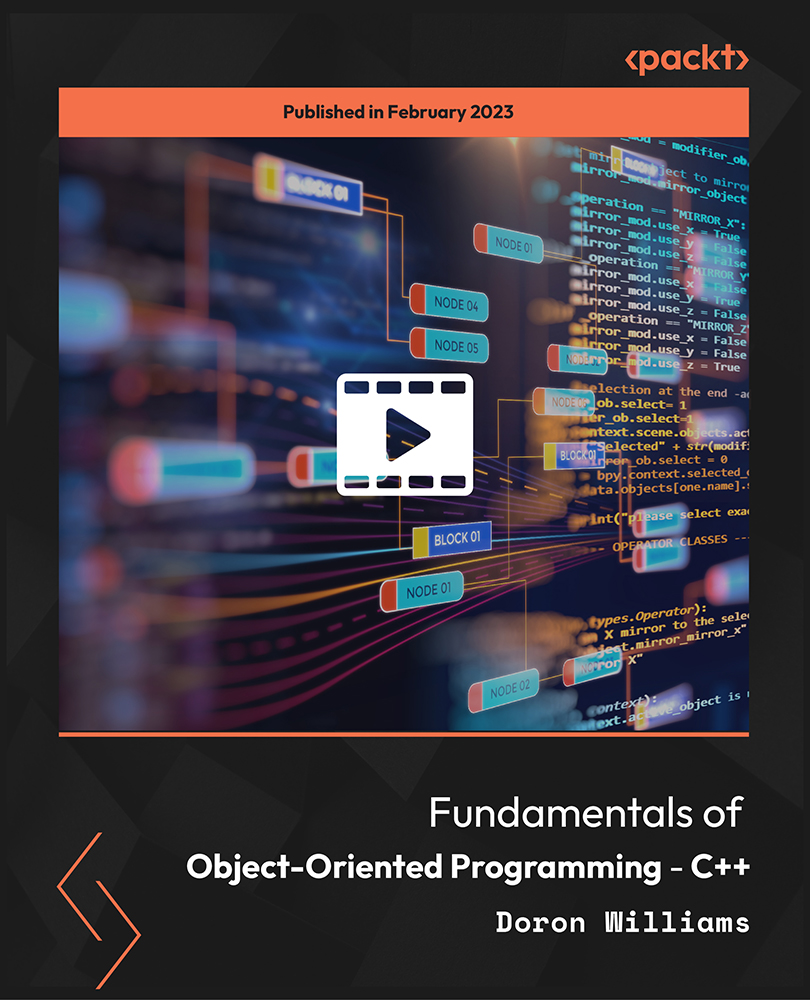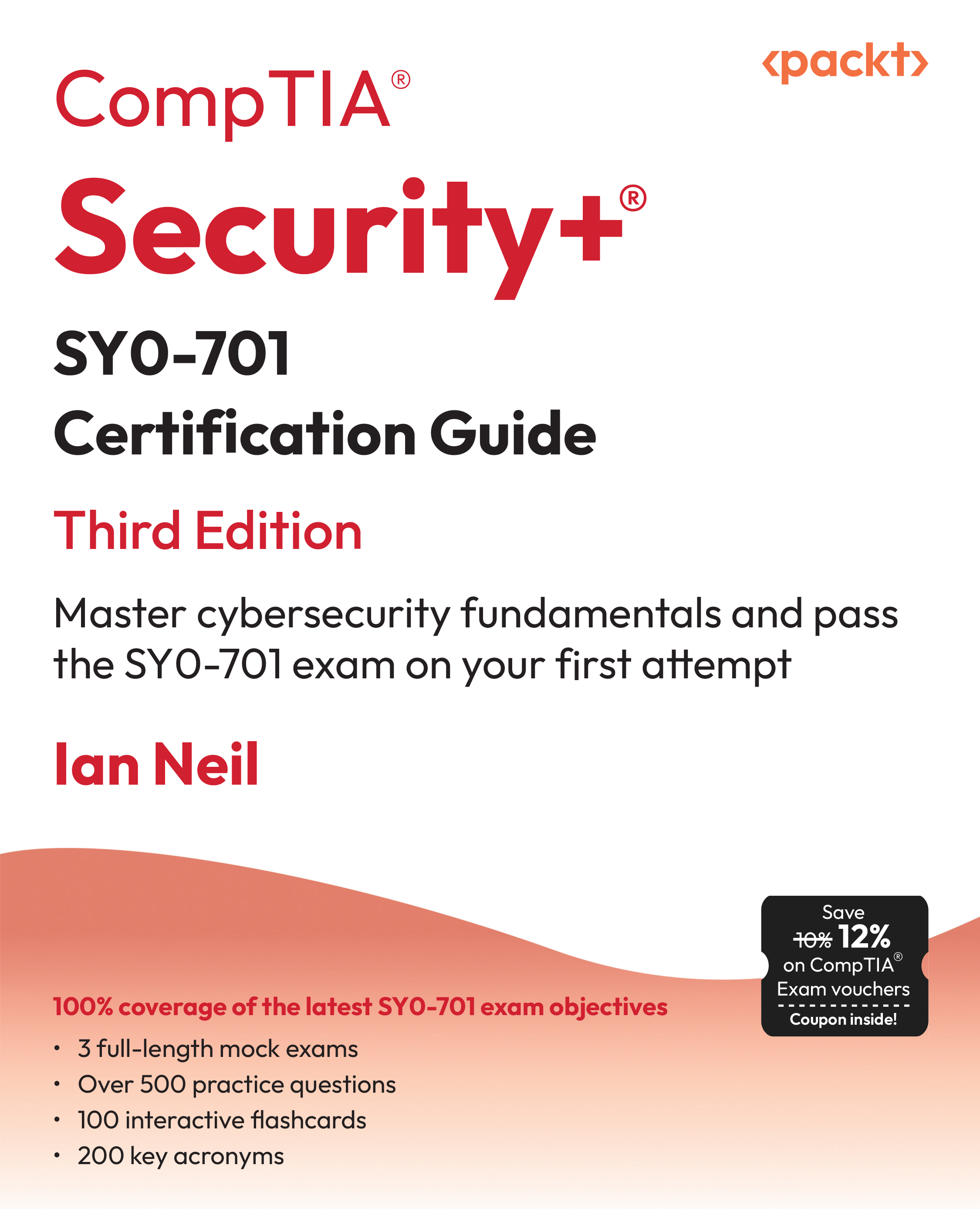Why Default Pod Communication in Kubernetes is a Security Risk
By default, all pods in a Kubernetes cluster can talk to each other, which simplifies app deployment but opens up security risks. Network policies are the main way to restrict this traffic, using labels and namespaces to control ingress and egress. Support for policies depends on your CNI plugin: tools like Calico enable advanced rules, while others like flannel do not.
Why IAM demands an Attack Graph first approach
Most IAM programs start with static access lists, but attackers exploit paths, not lists. An Attack Graph shows how identities and permissions can be chained for lateral movement and takeover. By modeling these paths first, security teams can prioritize real, exploitable risks and fix what matters. This shift helps align identity security with how attacks actually happen, not just how access is managed.
12-Month Cloud Security Challenge Just Dropped – Practice, Compete, and Get Certified
Wiz has launched Cloud Champions, a monthly CTF challenge series focused on real-world cloud security scenarios. Each challenge is crafted by Wiz researchers and designed to help practitioners sharpen their skills through hands-on problem-solving. The first challenge, “Perimeter Leak,” went live in June, with more slated through May 2026. A leaderboard tracks participant progress and highlights top performers.
Building AI agents that hunt like cloud adversaries
Security researchers are building AI agents that think and act like advanced cloud attackers: chaining permissions, pivoting across services, and executing real-world privilege escalation paths in AWS. These agents outperform traditional tools by reasoning contextually and automating multi-step attack logic.
Simplify Kubernetes Security With Kyverno and OPA Gatekeeper
Kyverno and OPA Gatekeeper help secure Kubernetes by blocking risky configurations before they’re deployed. Kyverno is easier to use, with YAML policies and native Kubernetes integration, while OPA Gatekeeper offers deeper flexibility using Rego for complex rules. Both tools can enforce critical security practices, like banning :latest image tags, to improve cluster safety and compliance.
 United States
United States
 Great Britain
Great Britain
 India
India
 Germany
Germany
 France
France
 Canada
Canada
 Russia
Russia
 Spain
Spain
 Brazil
Brazil
 Australia
Australia
 Singapore
Singapore
 Canary Islands
Canary Islands
 Hungary
Hungary
 Ukraine
Ukraine
 Luxembourg
Luxembourg
 Estonia
Estonia
 Lithuania
Lithuania
 South Korea
South Korea
 Turkey
Turkey
 Switzerland
Switzerland
 Colombia
Colombia
 Taiwan
Taiwan
 Chile
Chile
 Norway
Norway
 Ecuador
Ecuador
 Indonesia
Indonesia
 New Zealand
New Zealand
 Cyprus
Cyprus
 Denmark
Denmark
 Finland
Finland
 Poland
Poland
 Malta
Malta
 Czechia
Czechia
 Austria
Austria
 Sweden
Sweden
 Italy
Italy
 Egypt
Egypt
 Belgium
Belgium
 Portugal
Portugal
 Slovenia
Slovenia
 Ireland
Ireland
 Romania
Romania
 Greece
Greece
 Argentina
Argentina
 Netherlands
Netherlands
 Bulgaria
Bulgaria
 Latvia
Latvia
 South Africa
South Africa
 Malaysia
Malaysia
 Japan
Japan
 Slovakia
Slovakia
 Philippines
Philippines
 Mexico
Mexico
 Thailand
Thailand












